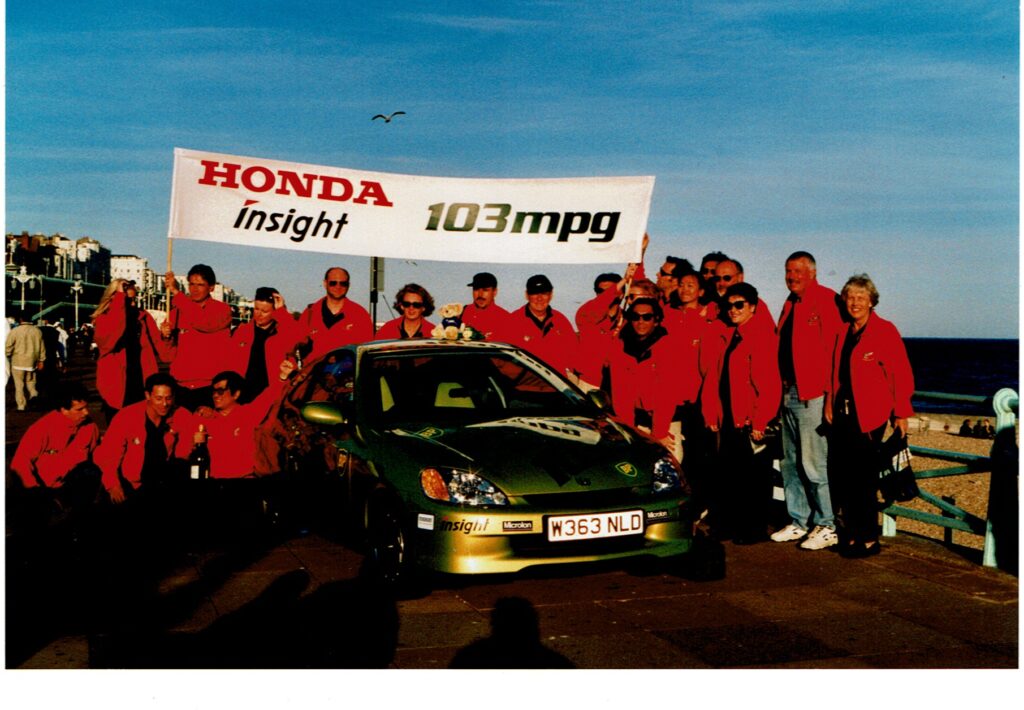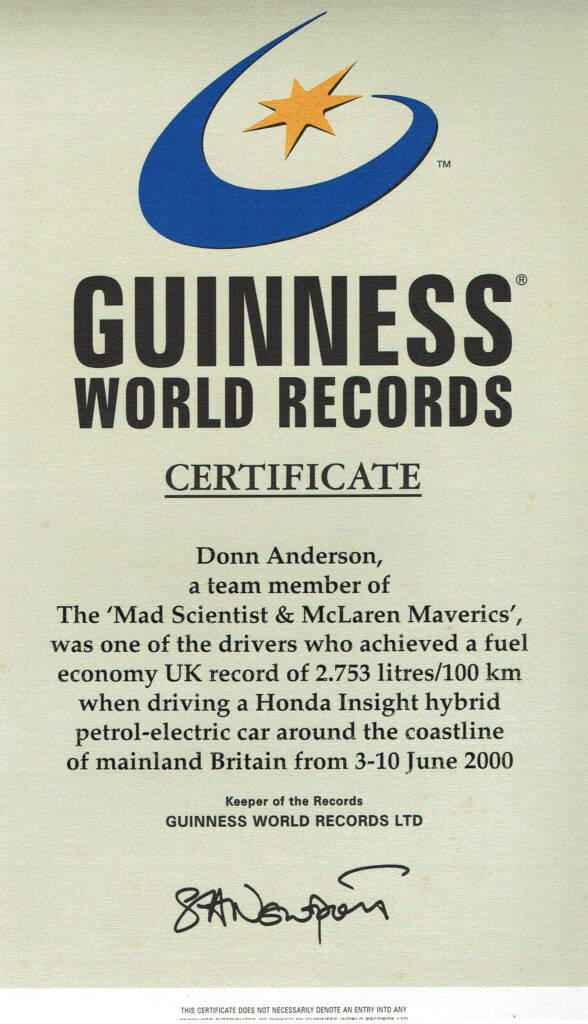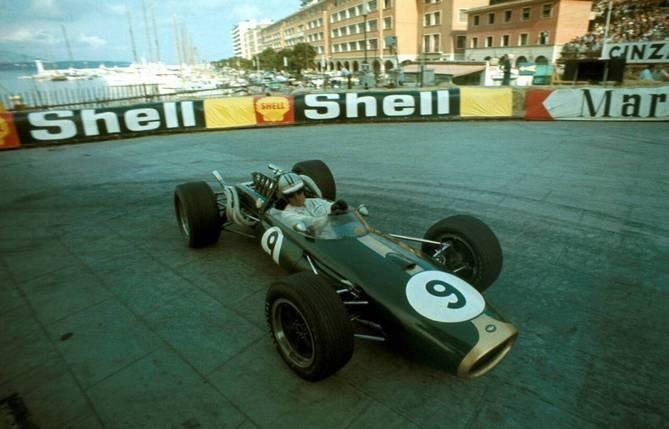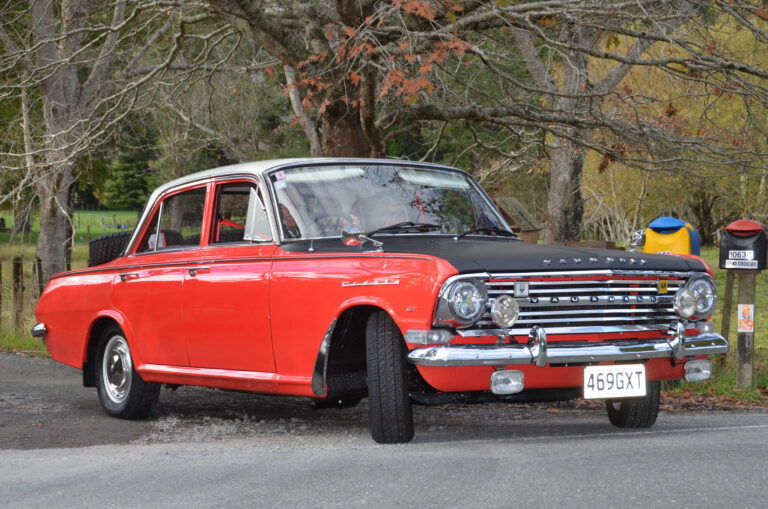New Zealand had a strong presence in a record-breaking economy run held in Britain more than two decades ago that helped shape the future of motoring
By Donn Anderson

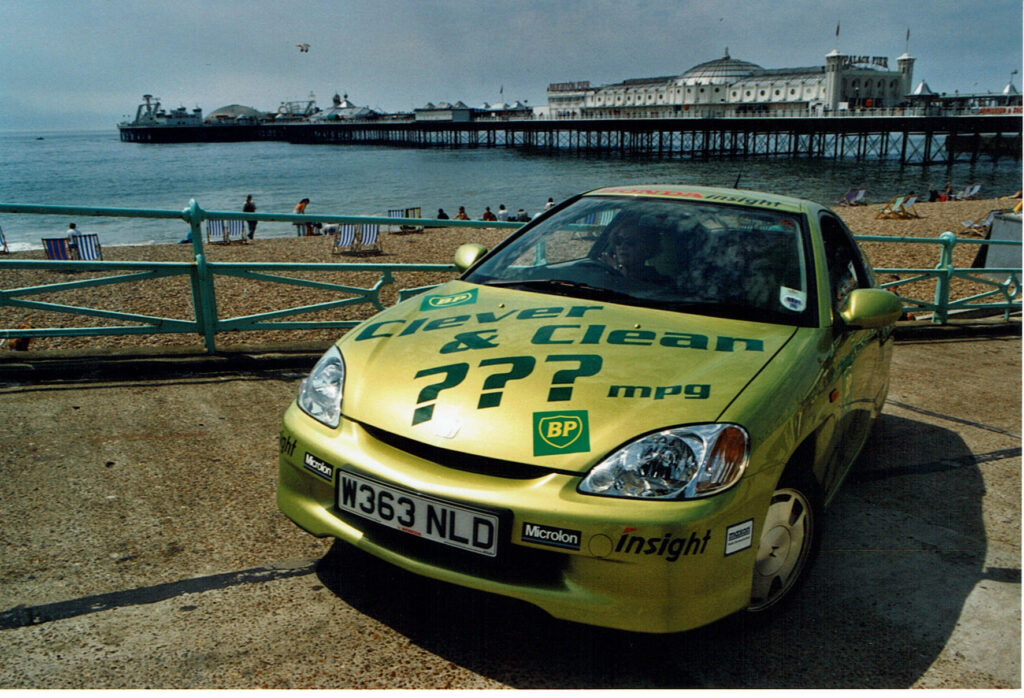
Breaking the magic 100 miles per gallon barrier, or 2.82 litres/100 kilometres, on a seven-day drive around the circumference of mainland Britain was a challenge inspired by Dr Shigeru Miyano, a Japanese medical doctor who enjoyed a special connection with New Zealand. Shigeru had initiated successful fuel economy runs in the past, but his June 2000 attempt came with a significant difference.
While today’s motoring world is now awash with electrically-linked HEV, BEV, and EV vehicles, that seemed an unlikely alternative future 21 years ago. But Shigeru, a true pioneer of electric assisted motoring, pondered on the idea of using an early petrol/electric hybrid car to smash a fuel economy record as a pointer to the future.
In August 1981, the good doctor visited Germany and the Nürburgring where he watched a Honda S800 competing in a race. He researched the history books to discover Honda’s first international race win came in 1964 with a 3.3m-long S600 driven by Denny Hulme. Shigeru wrote to Hulme in Rotorua inviting him back to the Nürburgring in June 1989 for the 25th anniversary of that historic Honda event where the New Zealander would race not only a small S600 but also a 1970 McLaren M8F Can-Am sports car.
To coincide with the anniversary of Bruce McLaren’s fatal accident at Goodwood in June 1970, Shigeru again had the 1967 world champion back from his homeland to drive a Honda Civic ETi in the 1992 round of the UK economy run where Denny was the star driver, helping to achieve a record 3.6l/100km (78.9mpg). Sadly, only a few months later in October Hulme died as a result of a heart attack while competing in the 1992 Bathurst race.
The following year, four Kiwis, headed by Bruce McLaren’s daughter Amanda, were involved in the two teams running a VTEC-E engined Civic in another British fuel economy challenge, smashing the 1992 figure with an average consumption of 3.28l/100km (85.96mpg). Seven years later we were back in Brighton for an attempt with a unique car with a great chance of blowing all previous fuel economy records into the weeds.
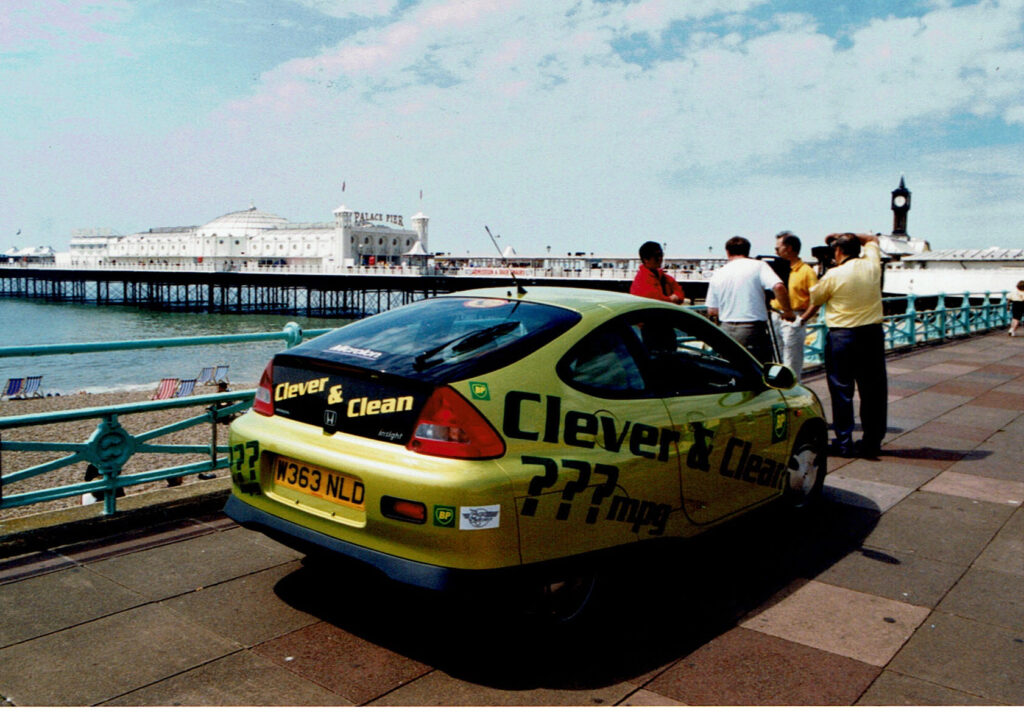
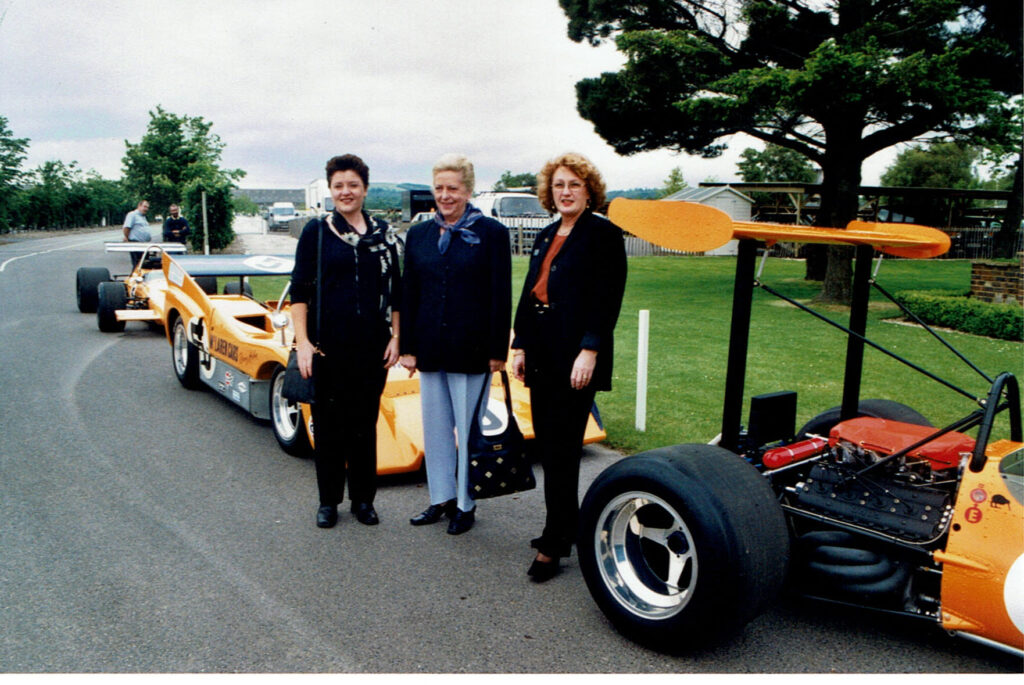
Future classic
Honda launched the first generation Insight three-door parallel mild hybrid hatchback in 1999, a world first into production, beating the Toyota Prius by seven months. Dr Miyano had tested the car in Japan and had ambitious hopes of returning 2.571/100km (110mpg) on the round Britain run. However, when the Kiwi contingent arrived in the UK, a more realistic target given the sometimes fuel-sapping road conditions was 100 miles per gallon.
Built between November 1999 and September 2006, the Insight coupe is seen by critical observers — including American collector Jay Leno — as a classic car in the making for the mass of new technologies and several world firsts, spiced with its low production numbers and consequent rarity. Honda designed the Insight to be a real-world test car for hybrid technology but expected to build around 6500 a year. Most went to North America but in a six-year model life, only 17,020 found buyers. All were sold at a loss.
In a rival camp, Toyota went on to sell 15million Prius hybrids, yet today is questioning a wholesale transition to electric vehicles and is logically lobbying against government support for EVs. Toyota wants hydrogen vehicles to play a bigger role.
Meanwhile, with its flamboyant looks, long tapered roof, low height, flat underside, and slippery drag figure Cd of just 0.25, the original Insight looks like nothing else. Measuring 3945mm and boasting a rear track 110mm narrower than the front track, the Honda is hardly space efficient, with a series of batteries filling a space normally reserved for rear seating.
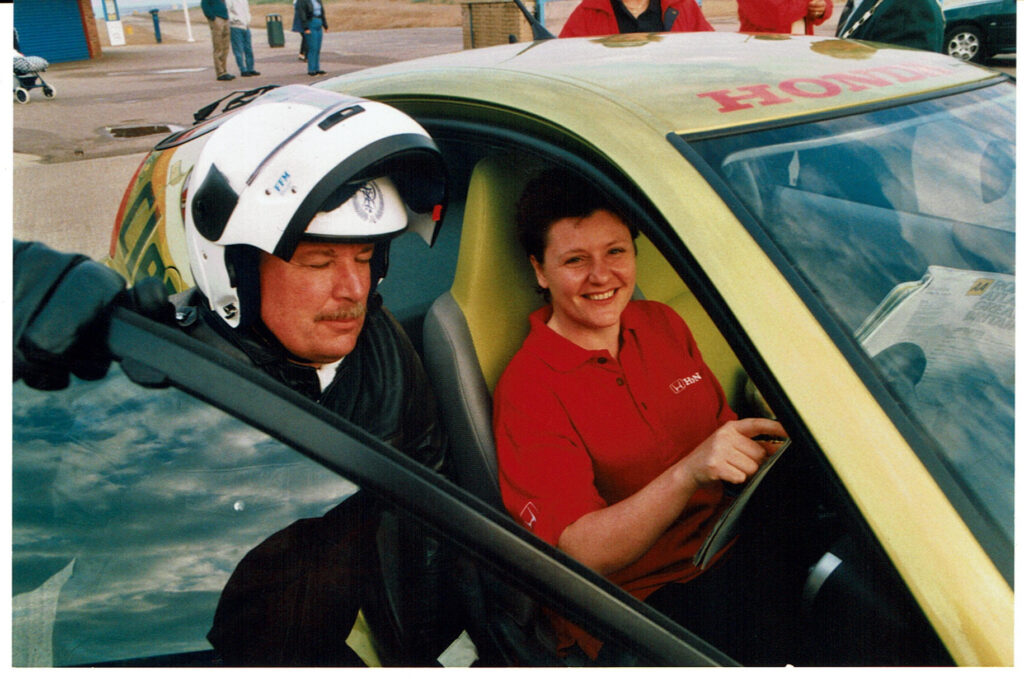

Engineered lightness
Years on, rusting is not a problem since the body is aluminium and the front guards and rear wheel covers are made from recycled plastic, contributing to the modest kerb weight of 835kg. The Insight makes optimum use of a combination of extruded, stamped, and die cast aluminium components, and the body weight is 40 percent less than a comparable steel body. Experience gained during development of the alloy 1990 NSX sports car meant the Insight is 47 percent lighter than a comparable Civic, yet torsional rigidity is 38 percent better.
Weight reduction measures, aerodynamics, and reduction of rolling resistance contributes to around 35 percent of the increase in fuel efficiency, and the electrical assistance a further 65 percent compared to a 1.5 Civic of the same era. At launch Honda claimed the Insight had the lowest fuel consumption of any mass-produced petrol car.
Unlike the second generation Insight, this earlier model wasn’t imported by Honda so any examples here are private imports. A recent search online revealed 64 second generation Insights for sale and just one first generation example — a 2000 automatic model showing 159,000kms with an asking price of $12,500, or offer. According to the Americans, the Insight is prone to excessive oil consumption and the US$3500 cost (plus labour) to replace the 120 cells, 144-volt nickel-metal hydride batteries is a negative for classic car owners.
Of course, the car will run without battery assistance, although this means the loss of regenerative braking and auto-stop function. Honda’s Integrated Motor Assist (IMA) hybrid system employs a 995cc, three-cylinder, fuel injected, in-line engine giving 50kW of power on 95 octane unleaded petrol without electrical assistance, and 56kW with assistance.
However, the real boost which we found so helpful during modest speed running in Britain was the low-speed torque rising from non-assist 91Nm at 4800rpm, to 113Nm at 1500 revs. An ultra-thin 60mm DC brushless motor is directly connected to the crankshaft, drawing power from the batteries (weighing just 20kg) during acceleration. In 2000 Honda claimed the VTEC power unit with its forged steel, case-hardened connecting rods was the lightest one-litre engine in the world.
At a low 80g/km, CO2 emissions were less than half the European standard, while the car had the performance of a 1.5 litre model with a top speed of 180km/h, and an ability to accelerate from a standstill to 100km/h in less than 11 seconds. The front MacPherson strut suspension has aluminium knuckle, lower arm, and anti-roll bar, while the rear comprises a twist beam with variable cross section and trailing arms. Fourteen-inch wheels are shod with 165/65 Bridgestone Potenza tyres.

Two teams become three for 2000
In 1993 the two team arrangement included New Zealanders Amanda McLaren, Sandy Myhre, Lynne Anderson, and myself. A fairly tight schedule designed to fit Guinness world record rules meant the total elapsed time must not exceed 180 hours, or be less than 120 hours. To make things easier in 2000, Miyano ran three teams with extra drivers. The five-person New Zealand contingent comprised Amanda, Bruce McLaren’s sister Jan McLaren, Wellington-based senior constable Stephen Donnell who was involved in police driving tests, John Storr, and myself. Both Amanda and Stephen would go on to become brand ambassadors for McLaren Automotive in 2014.
The week-long challenge was scheduled for 3 June, one day following the 30th anniversary of Bruce McLaren’s passing and Shigeru arranged an array of early McLaren racing cars at the Goodwood circuit in West Sussex. The group was also welcomed on the Friday by the Earl of March (now the Duke of Richmond following the passing of his father in 2017), and guests included Bruce McLaren’s wife, Pat.
Running more or less in unison with the Insight was a Honda CG125 commuter motorcycle, covering the same 6012 kilometre drive following the British coastline as closely as practicable. The motorcycle averaged a frugal 1.344litres/100km, or 210.29mpg, to establish a world record, in spite of a hiccup 160 kilometres into the journey when the speedometer drive failed.
Flagged away from the Brighton start in brilliant sunshine by the Mayor of Brighton, there was a brief stop at John Cooper’s garage in Worthing before the metallic green Insight headed for the end of the first 365-km stage in Exeter just before midnight. From the congested roads of southern England, the team had to manoeuvre the Honda around a major traffic accident in the New Forest and wait out the disassembly of a Saturday market day. Swirling mists in Dorset and rain-swept roads taxed the team of international drivers.
Two missed turnings resulted in the Insight arriving in Exeter half an hour behind schedule and when the second team took over they became lost near Plymouth in the early hours of Sunday morning. Going into the second day the average consumption of 3.2l/100km (88.53mpg) was disappointing but conditions had not been easy. We had to do much better to top the ‘magic ton’. All was quiet at Land’s End before heading north to Bristol and the conclusion of leg two.
Now the route wound around the Welsh coastline on a 620km leg, arriving at Porthmadog where the Kiwi team again took over for the destination at the Forte Posthouse hotel in Carlisle. Earlier, in the darkness of Monday morning, the Honda team stopped at the Pendine Sands in south Wales to pay tribute to Parry Thomas, who in 1927 was the first to be killed in pursuit of a world speed record.
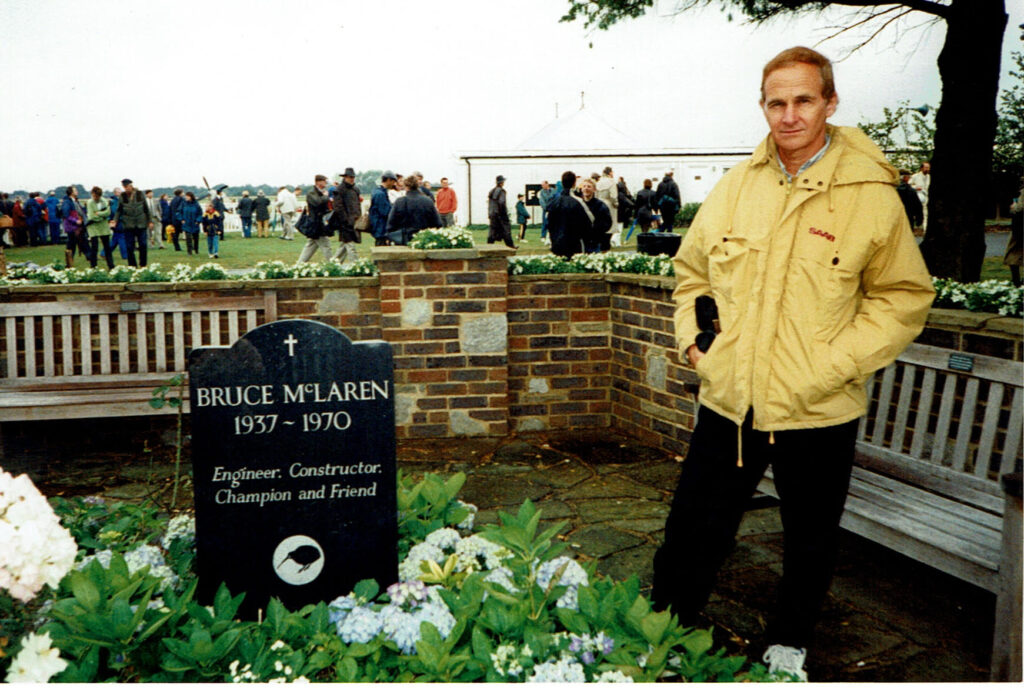
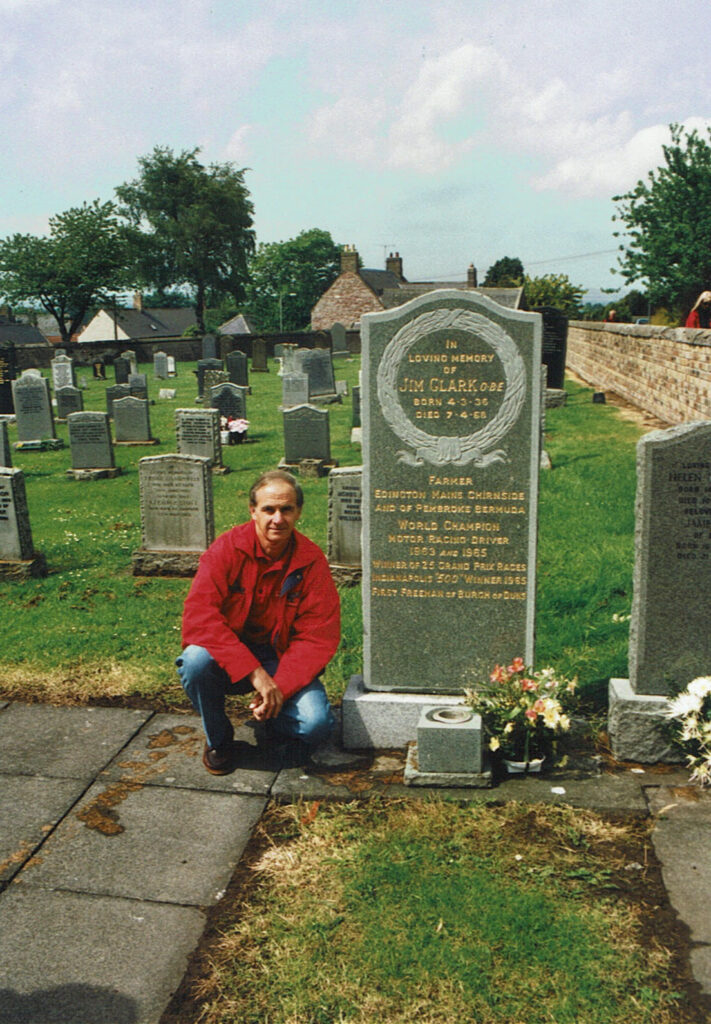
A different kind of driver
With a welcome break from driving, the New Zealanders visited the Jim Clark Room at Duns near the Scottish border and also paid respects at the graveside of the great world champion. More than 300,000 visitors have been drawn to the Clark collection and the expanded new museum opened by Jackie Stewart in 2019 features a Lotus Cortina that took Clark to so many British saloon car victories in 1964, and his iconic Formula 1 winning Lotus 25.
To make up for lost time in what had become a race against the clock, some meal stops were eliminated with the star driver and assisting team members eating on the move. But, as stipulated under Guinness rules, a strict log had to be maintained and signed by dignitaries or police at numerous stop-overs. The slow haul north saw a team changeover at Fort William in Scotland and on to the wilds of John o’Groats at the northernmost tip of Britain. Then south via Inverness and Edinburgh, now on the east coast, and back into England.
Team Kiwi’s rest stop in central Newcastle was made at the Chasley Hotel where the staff were so friendly and accommodating they sat at our dining table and quizzed us about the run. The coastal route via Grimsby to Ipswich was the longest section at 705km, before the final push on 10 June to Dover, and along the southern coast into the Brighton finish on the Saturday morning. The Insight took its seventh fuel stop, with the best consumption recorded on the southern-bound sections.
We had beaten our own record set in the Civic eight years earlier, but there was a problem. In March 2001, 10 months after the run, Guinness finally acknowledged the 2.753l/100km (102.63 mpg) record, apologising for the delay. In London Guinness said the result caused a great deal of discussion because the Insight was a hybrid petrol/electric vehicle, rather than a conventional petrol powered car. Guinness finally accepted the record on the grounds that, while the Honda’s petrol engine was assisted by an electric motor, all the locomotive power for both the combustion engine and the electric motor ultimately came from the petrol. Hence it still qualified as a petrol-driven car.
Shigeru organised a “100mpg” banner as the car crossed the finish line, even before the calculations were finalised. And he was already thinking of his next fuel-sipping challenge. In 2002 he ran a baby Volkswagen Lupo TDI around Britain, setting yet another Guinness record — this time a remarkable 2.36l/100km (119.48mpg) for a diesel car. Good enough to make our Insight look positively thirsty!
